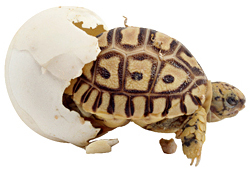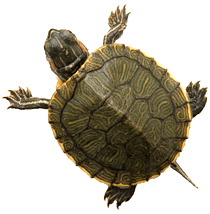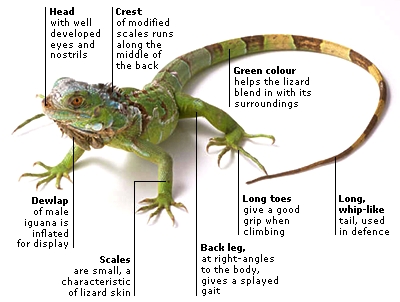Reptiles are ectothermic (cold-blooded) animals. They cannot generate their own body heat and many bask in the sun to get warm. Tough, dry scales cover their skin, preventing the loss of too much water, and protecting the reptile from harm. Reptiles with legs have a sprawling gait because their limbs are jointed to the side, not below as in birds or mammals.

The leopard tortoise, like all reptiles, emerges fully formed from its egg and has to fend for itself immediately. For some reptiles, the sex of the young depends on the temperature of the eggs as the embryos develop.
POISONOUS FANGS
KOMODO DRAGON
CLASS: REPTILIA
Order: Squamata
Features: snakes do not have eyelids, most lizards do

Order: Crocodilia
Features: semi-aquatic, sharp teeth
Order: Testudines
Features: hard outer shell, cut food with sharp jaws,








0 comments:
Post a Comment